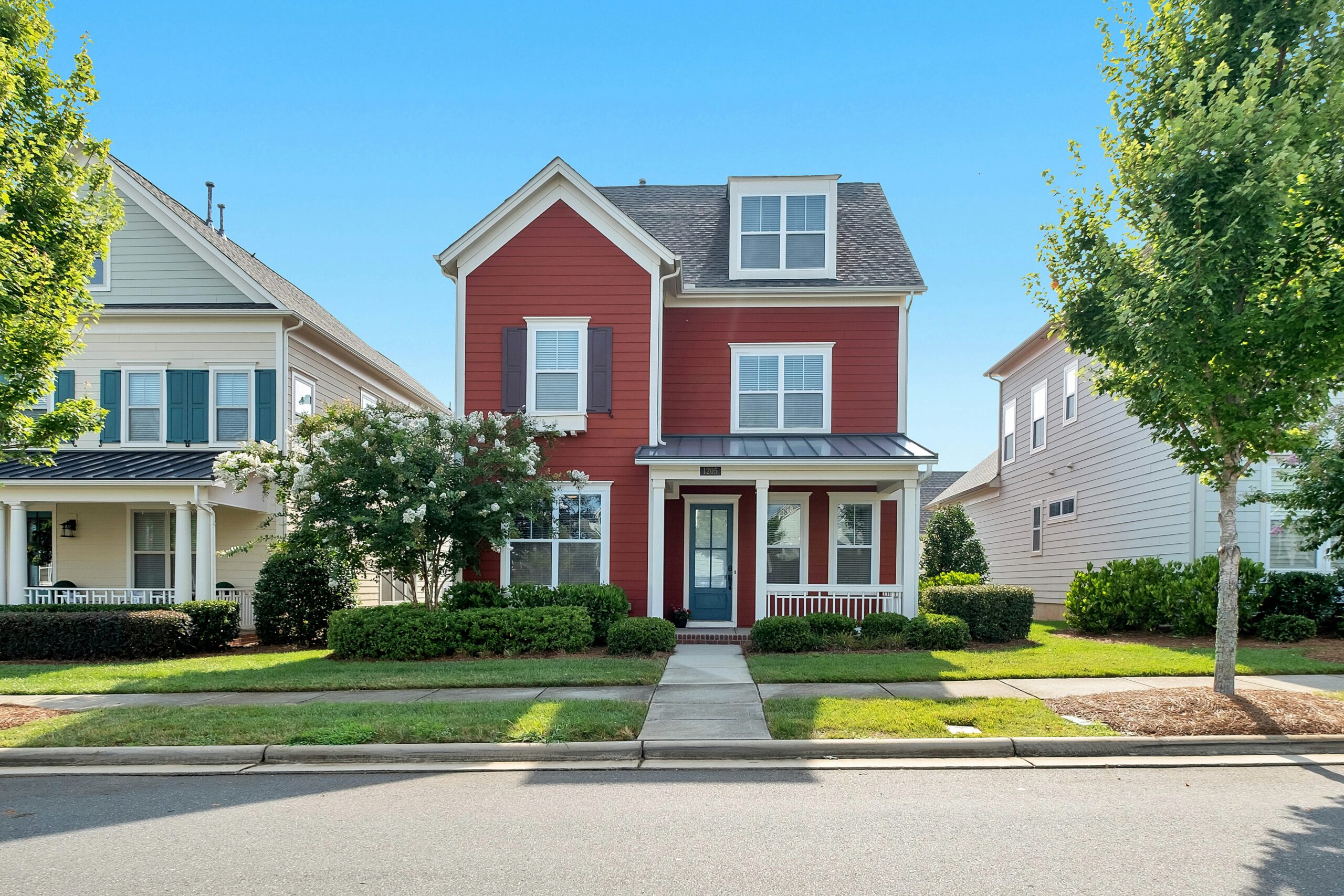
The real estate industry has undergone significant transformations in recent years, with a growing emphasis on sustainable and environmentally friendly practices. As the demand for eco-friendly living spaces continues to rise, developers and builders are adopting new methods to minimize environmental impact while maximizing efficiency. The rise of green technologies and sustainable construction practices reshapes how we build, live, and interact with our environment. This article explores the latest developments in green real estate practices, from energy-efficient buildings to using renewable materials.
Energy-Efficient Technologies and Building Materials
One of the most significant trends in sustainable real estate is the widespread adoption of energy-efficient technologies. These technologies are designed to reduce energy consumption, improve overall building performance, and lower operating costs. As a result, buildings consume less energy, reducing the demand on natural resources and decreasing greenhouse gas emissions.
Moreover, renewable energy sources, such as solar panels and wind turbines, are increasingly integrated into residential and commercial properties. These energy sources allow buildings to generate power, minimizing their carbon footprint. In addition, smart home technologies are becoming a standard feature in green real estate. These systems enable homeowners to control energy usage in real time, optimizing electricity consumption and minimizing waste. As these technologies become more affordable and accessible, energy-efficient buildings will undoubtedly become the norm rather than the exception.
The Rise of Green Certifications and Standards
As sustainability becomes a priority for the real estate industry, various certification programs and standards have emerged to help developers implement green practices. For example, the Leadership in Energy and Environmental Design (LEED) certification is among the most recognized and widely used green building standards.
In addition to LEED, other green certifications are gaining traction, such as the Living Building Challenge (LBC) and the National Green Building Standard (NGBS).
Sustainable Urban Development and Green Spaces
Sustainable urban development is another key area where green real estate practices are making a significant impact. Metropolitan areas rapidly expand, increasing pressure on natural resources, infrastructure, and the environment. I
Green roofs, urban gardens, and tree-lined streets are becoming more common in city developments. These green spaces provide aesthetic value and help reduce air pollution, mitigate the urban heat island effect, and promote biodiversity. In addition, green infrastructure, such as rain gardens and permeable pavements, is used to manage stormwater runoff and reduce the risk of flooding. These sustainable urban practices not only enhance the livability of cities but also contribute to environmental conservation and climate resilience.
Moreover, integrating public transportation systems and pedestrian-friendly infrastructure is crucial in sustainable urban development. Developers are now prioritizing locations near public transit hubs, reducing the need for private car ownership and minimizing carbon emissions from transportation. This approach encourages more walkable, bikeable, and transit-oriented communities, which align with sustainable development goals and foster a healthier, more connected lifestyle.
Water Conservation and Waste Reduction
Water conservation is another critical aspect of sustainable real estate practices. Low-flow fixtures, rainwater harvesting systems, and greywater recycling are technologies incorporated into new developments to minimize water consumption.
Similarly, greywater recycling allows wastewater from sinks, showers, and washing machines to be filtered and reused for non-potable purposes. These water-saving measures conserve a valuable resource and lower utility costs for homeowners and businesses. As awareness of water scarcity grows, more developers embrace water-efficient technologies to create more sustainable buildings.
In terms of waste reduction, green real estate practices emphasize the use of recycled and locally sourced materials and the reduction of construction waste.
The Future of Green Real Estate: Challenges and Opportunities
Looking ahead, the future of green real estate appears promising, yet there are challenges to overcome. While these investments often result in long-term savings through reduced energy and maintenance costs, the initial financial burden can be a barrier for some developers and homebuyers. However, as demand for green buildings grows and technologies become more mainstream, sustainable construction costs are expected to decrease, making eco-friendly buildings more accessible to a broader range of buyers.
Additionally, there is a need for greater education and awareness about the benefits of green real estate. Many homeowners and investors still view sustainable practices as a luxury rather than a necessity. However, as the long-term financial, environmental, and health benefits become more apparent, green real estate is likely to continue to gain popularity.
Sustainable and green real estate practices are rapidly reshaping the industry, with new developments in energy efficiency, green certifications, sustainable urban design, water conservation, and waste reduction. These practices contribute to environmental preservation and offer significant economic advantages for homeowners, businesses, and communities.